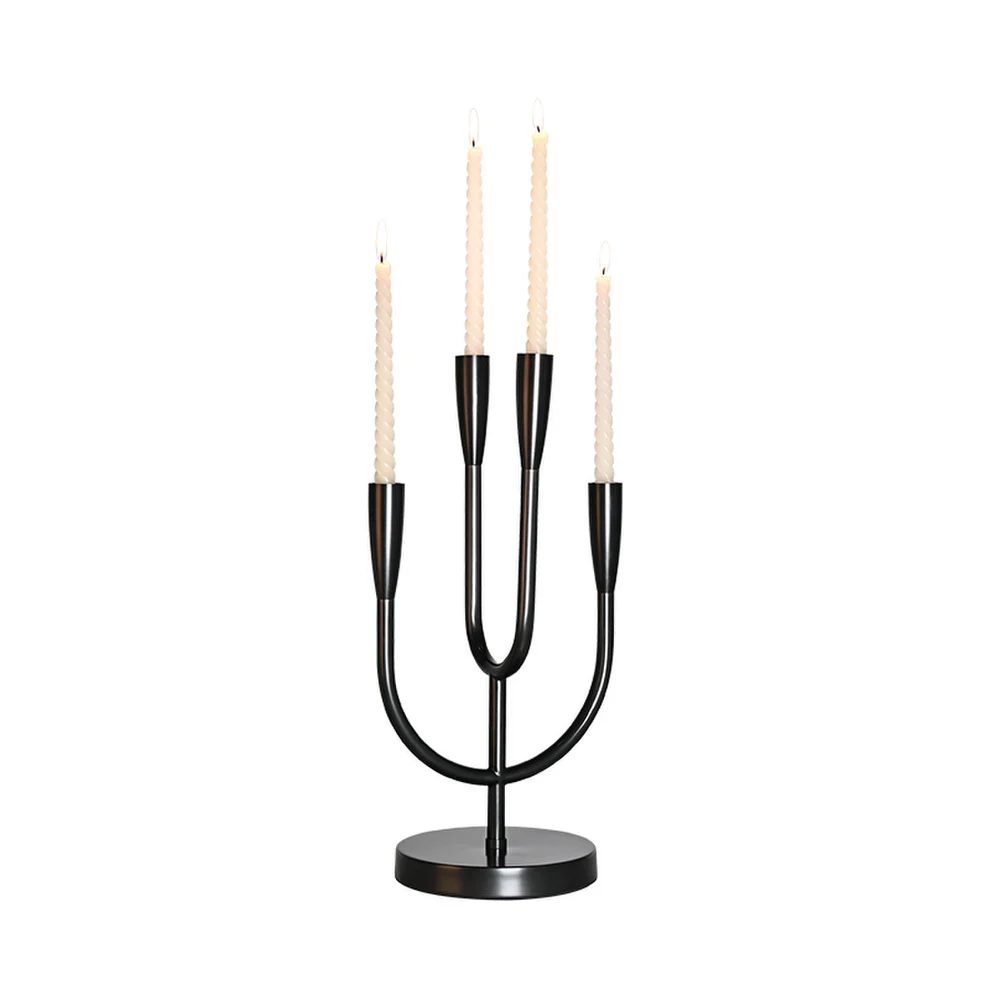Lighting solutions are a vital aspect of modern architecture and interior design. Understanding the raw materials in lighting solutions can greatly influence the efficiency, Aesthetics, and sustainability of lighting products. In this article, we explore the various materials used in lighting systems, their benefits, and applications.
The Importance of Raw Materials in Lighting Solutions
Lighting solutions are not just functional; they can also enhance the aesthetic appeal of spaces. The choice of raw materials directly affects the durability, light quality, energy efficiency, and overall sustainability of the lighting fixtures. This guide will delve into the different categories of raw materials and their significance in lighting solutions.
Types of Raw Materials Used in Lighting Solutions
The raw materials used in lighting solutions can be broadly categorized into four main types: metals, plastics, glass, and ceramics. Each material offers unique properties that make them suitable for various applications.
| Material Type | Key Properties | Common Applications |
| Metals | Durability, conductivity, heat resistance | Pendant lights, lamps, fixtures |
| Plastics | Lightweight, cost-effective, versatile | LED diffusers, housing, decorative elements |
| Glass | Transparency, Aesthetics, heat resistance | Bulbs, decorative fixtures, shades |
| Ceramics | Heat resistance, customizability, eco-friendliness | Lighting enclosures, decorative pieces |
Metals: The Backbone of Lighting Solutions
Metals, including aluminum, steel, and brass, are widely used in lighting solutions due to their superior durability and thermal conductivity. Metal components can be shaped into various designs, making them suitable for a wide range of lighting applications.
Aluminum
Aluminum is lightweight yet incredibly strong, making it an ideal choice for fixtures that require a modern aesthetic. Its excellent thermal conductivity ensures efficient heat dissipation, prolonging the life of integrated LED systems.
Steel
Steel is another popular metal in lighting solutions. Its robustness and ability to withstand various environmental conditions make it suitable for Outdoor lighting. Steel can be finished in various ways, such as powder coating, to enhance corrosion resistance.
Brass
Brass has a timeless appeal and is often used in decorative lighting designs. Its excellent corrosion resistance and antimicrobial properties make it a fantastic choice for high-traffic areas.
Plastics: Lightweight and Versatile
Plastics have become increasingly popular in lighting solutions due to their versatility and cost-effectiveness. They are commonly used for light diffusers, housing units, and decorative elements.
Polycarbonate
Polycarbonate is a durable plastic known for its impact resistance and optical clarity. It is often used in LED panels and light covers, providing excellent light diffusion without yellowing over time.
Acrylic
Acrylic is another common plastic used in lighting applications. It is lighter than glass, offers good weather resistance, and can be easily molded into various shapes for creative lighting designs.
Glass: Timeless Elegance
Glass has been a staple in lighting solutions for centuries. Its transparency and aesthetic appeal allow for creative designs that enhance visual interest in any space.
Types of Glass
Different types of glass offer various benefits. Frosted glass, for instance, provides a soft, diffused light, while clear glass can accentuate the brightness of the light source itself. Colored glass can add dramatic effects and personalize the lighting solutions.
Ceramics: Sustainable Lighting Solutions
Ceramics are increasingly being considered for lighting solutions due to their eco-friendly nature and heat resistance. They offer unique design possibilities and can be molded into intricate patterns that enhance the fixture's aesthetic appeal.
With the rise in environmental consciousness, utilizing ceramics can enhance the sustainability of lighting products.
Choosing the Right Materials for Your Lighting Solutions
Choosing raw materials in lighting solutions depends on several factors, including the intended use, design considerations, and environmental standards. Here are some essential points to consider:
1. Functional Requirements
Determine the functional needs of your lighting solution. Consider factors such as brightness, energy efficiency, and the environment in which the lighting will be used. For instance, outdoor fixtures will require materials that withstand harsh weather conditions.
2. Design Aesthetics
Choose materials that complement the design theme of your space. Metals often exude a modern look, while glass and ceramics can provide a more classic touch. Select materials that align with your overall design goals.
3. Sustainability
As the demand for eco-friendly solutions increases, consider the sustainability of the materials. Recycling capabilities and the carbon footprint of production processes are critical factors in selecting raw materials.

Application Trends in Lighting Solutions
In recent years, the lighting industry has seen a shift towards energy-efficient systems and smart technologies. Innovations in raw materials play a significant role in these trends.
Energy Efficiency
LED Lighting has revolutionized the industry due to its low energy consumption and long lifespan. Raw materials like advanced plastics and metals contribute to improved heat dissipation and light quality in LED systems.
Smart Lighting Solutions
The trend towards smart lighting has created a demand for raw materials that support connectivity and automation. Materials that can integrate seamlessly with technology offer added value in Modern lighting solutions.
Conclusion: Key Takeaways on Raw Materials in Lighting Solutions
Understanding the raw materials in lighting solutions is crucial for designing efficient, aesthetically pleasing, and sustainable lighting fixtures. The choice of materials impacts not just the look and feel of your lighting but also its functionality and environmental footprint. To maximize your lighting projects, consider the following:
- Select materials based on their application requirements.
- Focus on energy-efficient and sustainable options.
- Pay attention to design trends to ensure your solutions remain modern and appealing.
- Stay informed about new materials and technologies that can enhance your lighting solutions.
By incorporating these insights, you can achieve innovative lighting solutions that meet functional, aesthetic, and sustainability demands, leading to successful architectural and design outcomes.
